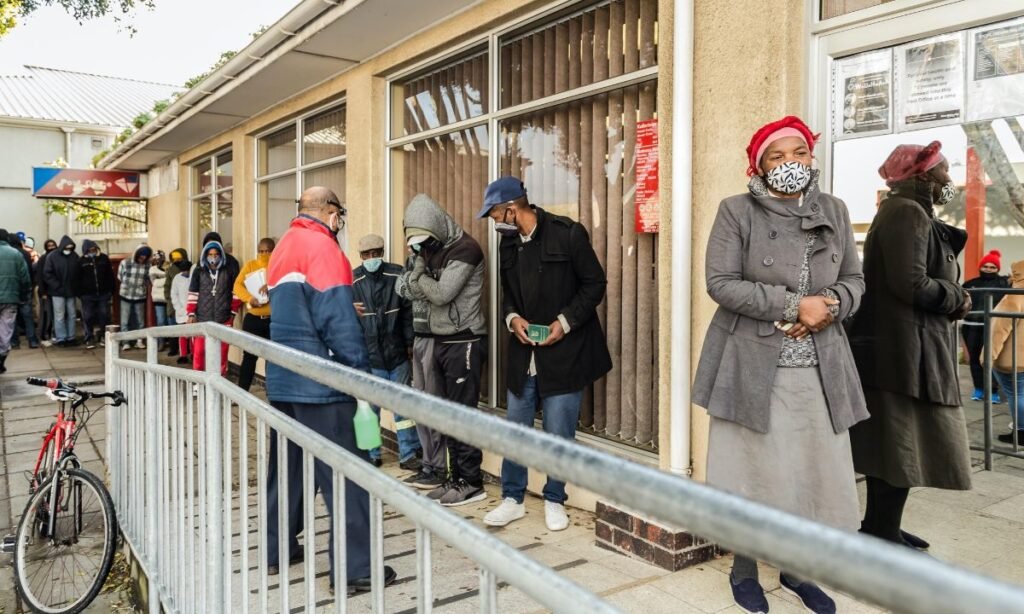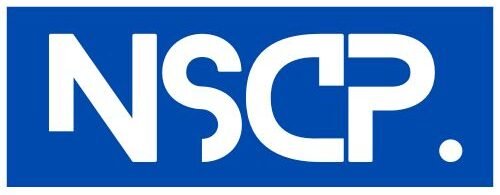In a time when economic pressure continues to weigh heavily on individuals and families, South Africa’s Social Relief of Distress (SRD) grant remains a vital support measure for many. Designed to aid unemployed citizens between the ages of 18 and 59, the SRD grant offers a monthly payout of R370 to those who meet specific eligibility criteria. In 2025, the system continues to serve as a beacon of hope for those struggling to make ends meet.
Who Qualifies for the SRD Grant?
Eligibility for the R370 SRD grant is determined primarily by age, financial status, and legal residency. Applicants must be South African citizens, permanent residents, or legally documented refugees or asylum seekers. To qualify, individuals must be unemployed and not receiving any other form of social grant, unemployment insurance (UIF), or financial aid such as NSFAS. Additionally, the applicant’s total monthly income must not exceed R624, a means test threshold that ensures only those in genuine need receive support.
Conditions for Disqualification
There are specific grounds that immediately disqualify an applicant from the SRD grant. If an individual is employed, whether in the public or private sector, or already receives any other government financial support, their application will be rejected. SASSA strictly enforces these criteria to ensure fairness and prevent the abuse of public funds. Transparency is crucial throughout the process, as any misleading information could not only result in disqualification but also legal consequences.
The Application Process

Applying for the SRD grant in 2025 is a completely digital process, making it accessible and efficient. Applicants begin by visiting the official SASSA SRD website. From there, they select the appropriate application path based on their status—South African ID holder or asylum seeker/permit holder. A mobile number is required for verification through a one-time PIN (OTP), followed by completing an application form with personal and banking details. Applicants must ensure all information is accurate to avoid any processing delays or payment issues.
What to Expect After Submitting Your Application
Once the application is submitted, the applicant can monitor their status by returning to the SRD website. This self-check system helps applicants track whether their request has been approved, is under review, or has been declined. If rejected, applicants are entitled to file an appeal directly through the platform, and it is important to do so within the given timeframe. Appeals allow for reassessment in case of errors or updates to the applicant’s information.
Key Considerations and Ongoing Monitoring
Applicants must also be aware that the SRD grant is classified as a temporary relief measure. This means it is subject to review by the government and may be adjusted or discontinued depending on economic circumstances and policy shifts. Additionally, SASSA has put stringent anti-fraud mechanisms in place. Falsifying documents or failing to declare relevant information could result in criminal charges, repayment of funds, and permanent disqualification from government support programs.
The SRD Grant’s Role in 2025
As South Africa continues to navigate the challenges of unemployment and poverty, the R370 SRD grant serves as a lifeline for thousands of individuals. For many, it’s the difference between having a meal or going hungry, affording transport or missing a job interview. While modest, the grant provides immediate financial relief and a pathway to dignity for those caught in temporary hardship. For anyone who meets the criteria, applying could be a critical step toward stability during uncertain times.

